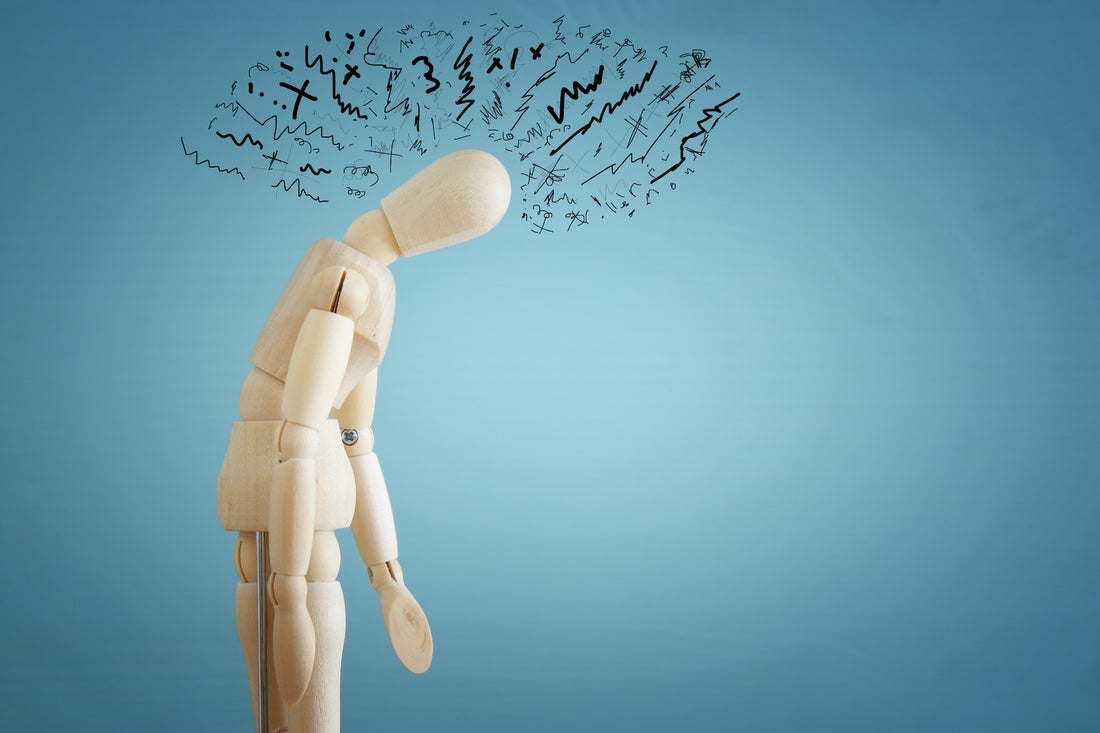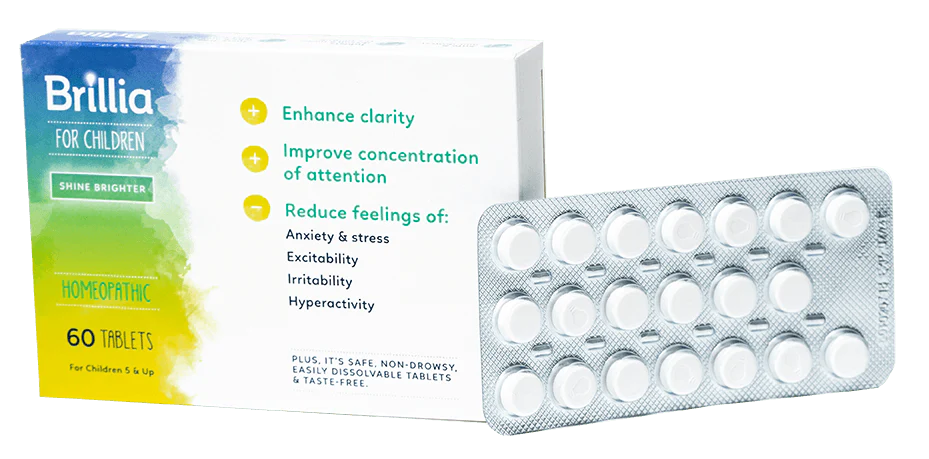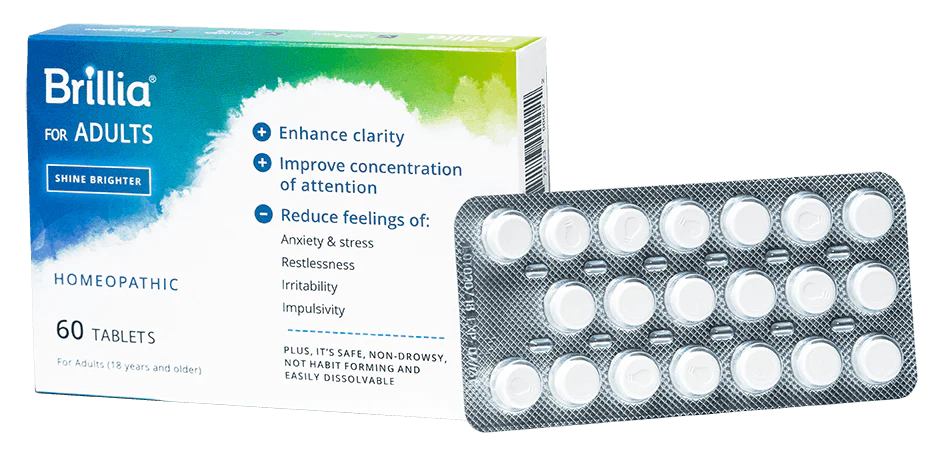Anxiety affects around 40 million adults in the U.S. each year and about 5.6 million kids.1, 2 For some, anxiety is situational and is triggered by stressful events. But for others, anxiety persists, interfering with daily life and relationships.
Common Myths About Anxiety
Though common, there are so many myths and misconceptions around what anxiety is or isn’t. This can make it difficult for people to get the help they need. To help give you an accurate depiction of what anxiety looks and feels like, let’s bust through each of these myths together.
Myth: People Have Control Over Their Symptoms
A person cannot just will themselves to “snap out of it” if they’re suffering from anxiety. Anxiety is a real condition that may require help from a therapist, medication, or a combination of therapies.
Myth: Anxiety is All in Your Head
Anxiety is often thought of as a condition of overthinking or worrying, but it can also affect the body. Physical symptoms of anxiety include a racing heart, shortness of breath, hyperventilating, and sweating.
Myth: You Can Outgrow Anxiety
Anxiety isn’t something that just passes with time. Most people need real coping mechanisms that must be strengthened over time and a practical plan to help minimize their symptoms.
Shine Brighter
Myth: Phobias are Not Real
Phobias are a legitimate type of anxiety disorder and they affect about 19 million Americans.3 The most common phobias are social phobia (social anxiety disorder), phobia of dirt and germs, and agoraphobia, a fear of crowded places.
Myth: People with Anxiety Always Have Panic Attacks
Not to be confused with anxiety attacks, panic attacks are sudden and extreme, caused by an abrupt onset of fear and the feeling of being disconnected from others. A person may hyperventilate, sweat, and shake uncontrollably. Attacks can occur with or without a trigger.
Myth: Anxiety is Not a “Real” Problem
For people with anxiety disorders, anxiety is a very real part of their everyday life. Denying that anxiety is a valid disorder only exacerbates symptoms and induces shame.
Myth: Severe Anxiety Requires Prescription Medication
While many people benefit from prescription anti-anxiety medication, it’s not the only option. People with anxiety may be able to reduce or manage their symptoms with lifestyle changes like the ones outlined in Brillias Holistic 5 Pillars: proper nutrition, adequate sleep, controlled screen time, mindfulness techniques, and homeopathic medication like Brillia.
Free from harsh, synthetic chemicals and harmful side effects, Brillia helps to reduce symptoms of anxiety without causing drowsiness, stomach upset, or masking the personality in any way. The medication is suitable for children and adults.
Find more resources on how to manage symptoms of anxiety at the Brillia(nce) Resource Center.
Get a whole bunch of support right in your inbox.







